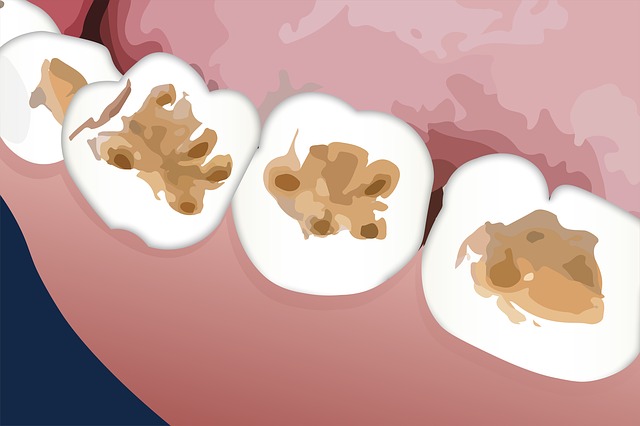An interesting article titled “Mesoscale structural gradients in human tooth enamel” appears in the Proceedings of the National Academy of Sciences written by Robert Free and et. al. (vol. 119, no. 52, pp. e2211285119, December 19, 2022). The article explores the hierarchical architecture of human enamel which is integral to the function of human teeth.
In the article, discussion is made of how tooth decay has lead to many dental visits due to cavities. There is not much known about how or why many people experience tooth enamel decay or congenital conditions. In the article, the authors used synchrotron X-ray diffraction at submicrometer resolution technology, to observe tiny differences on the order of picometers in the crystallographic parameters of enamel crystallites, which they linked to the presence of ions such as magnesium and sodium or carbonate. Features of enamel at length scales smaller than 100 nm and greater than 50 µm are already well understood. Looking at three healthy teeth from human adults the authors also used unsupervised machine learning to reveal structures within the mesoscale features such as single enamel rods and the surrounding inter-rod enamel. The authors discovered differences in the lattice orientation and structure between enamel samples at the mesoscale level. This mesoscale lies between the atomic scale and those observable by the eye.
The authors findings suggest that the variation shows crystallites in different microarchitectural domains also differ in their composition. They used a dilute linear model to predict the concentrations of minority ions in hydroxylapatite to potentially explain the observed lattice parameter variations. The authors determined that complexity at the rod/interrod level of human enamel exists and allows for the possibility of modulation across larger length scales.

The authors says that the sample size they used was a “Goldilocks” population as it just served to show new findings, team how to prepare enamel samples, and show them what the scale they looked at can show about tooth formation and general health. The authors feel that the findings show mechanisms governing amelogenesis and introduce features to consider when modeling the mechanical and chemical performance of enamel. The authors were suprised that rods looked different than anticipated and had subsantial variation between one persons teeth. The researchers believe that better understanding the variation can help to understand how enamel develops which could potentially allow one to understand how to prevent tooth decay. They feel that the composition between teeth differs but additional studies are needed to deterimine this hypothesis.
